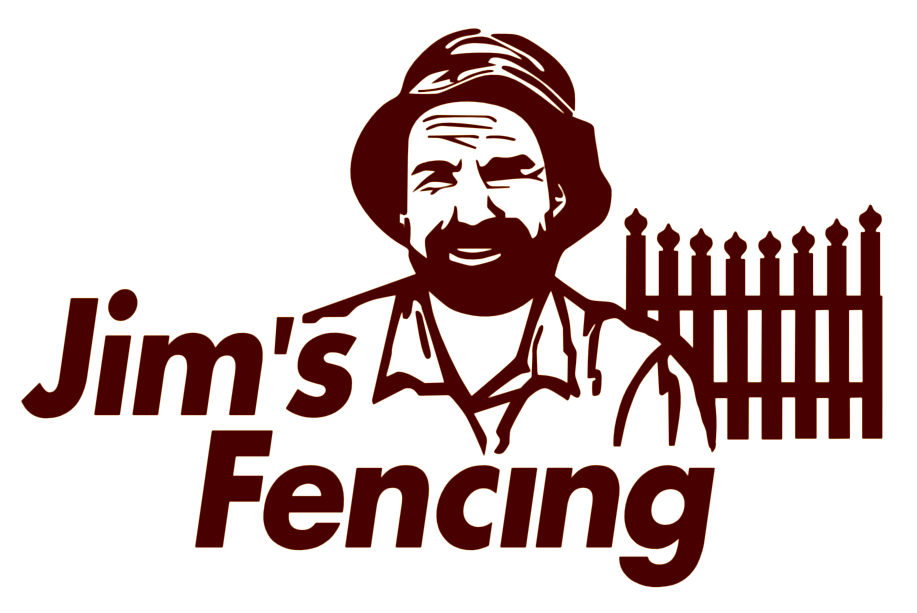Swimming pools are perfect for relaxation and entertainment, but they also come with responsibilities—particularly around safety. Keeping your pool fence up to standard helps prevent accidents and ensures that your pool area meets legal requirements. As pool safety standards evolve, preparing for an inspection can be challenging. Here’s a guide to help you prepare your pool fence for a smooth safety inspection.
Why Pool Fence Safety Inspections Are Important
Most areas have regulations around pool safety, and failure to comply can lead to fines, legal issues, and serious accidents. Pool fence inspections confirm that your fence meets specific criteria to prevent unauthorized access and safeguard children and pets.
Let’s dive into these five tips for a worry-free pool fence safety inspection!
1. Review Local Pool Fence Regulations
The first step in preparing for a pool fence inspection is understanding local regulations. Pool fence safety laws can vary significantly by location, so it’s essential to know the requirements specific to your area.
- Height and Structure Requirements: Many regions require pool fences to be at least 4-5 feet tall. Check for any rules about materials and spacing to avoid climbable structures.
- Gate Specifications: Gates often need to be self-closing and self-latching. Some areas even specify the height at which the latch must be placed.
- Distance Between Bars or Panels: Most regulations specify a maximum gap between vertical bars or panels to prevent children from squeezing through.
Pro Tip: Review your local city or county website for updated codes or regulations regarding pool fences, as these standards can change over time.
2. Check the Condition of Your Fence
A pool fence can only do its job if it’s in good condition. Before your inspection, thoroughly check the fence to ensure it’s stable, free of gaps, and not worn or damaged.
- Inspect for Rust or Damage: Rusted metal fences or rotting wooden panels weaken the fence’s stability. If you have a glass pool fence, check for cracks.
- Examine Hinges and Latches: Gates are among the most important components, as they prevent unsupervised access. Test each latch to ensure it catches properly.
- Look for Gaps and Weak Spots: Small animals or children could access the pool through gaps. Walk the entire length of the fence, tugging at posts to make sure they are secure.
Pro Tip: Have your fence professionally inspected every few years to catch issues early. Small problems like a loose latch or cracked panel can quickly escalate, risking non-compliance.
3. Ensure the Gate is Self-Closing and Self-Latching
One of the biggest issues that fail inspections is a gate that doesn’t close or latch properly. A gate that remains open or doesn’t secure fully is a safety risk, and inspectors are strict about this requirement.
- Check for Consistent Closure: Open the gate from various angles to confirm it closes fully and consistently latches every time.
- Test the Spring Tension: Self-closing gates use springs to ensure they return to a closed position. If your gate isn’t closing with enough force, consider adjusting the tension or replacing the spring.
- Verify Latch Placement: The latch should be positioned high enough that small children cannot reach it. Verify that the latch aligns and connects properly when closed.
Pro Tip: Lubricate the gate hinges and latches regularly to ensure smooth and reliable operation.
4. Maintain a Clear Barrier Around the Fence
A pool fence must create a clear, unclimbable barrier around the pool area. This means removing anything that could serve as a ladder or stepping aid for children.
- Remove Furniture and Decorations: Patio furniture, potted plants, and other decorations can provide climbing access if placed too close to the fence. Relocate any objects within a 4-foot radius of the fence.
- Check Landscaping: Overgrown trees, shrubs, or vines near the fence can create a climbing hazard. Trim branches regularly to ensure they don’t reach the fence line.
- Be Mindful of Nearby Structures: Sheds, pergolas, or nearby walls close to the pool fence can also serve as climbing aids. Ensure these are positioned far enough away to prevent children from gaining access.
Pro Tip: Aim to keep a 4-foot perimeter clear around the entire fence. This makes it difficult for anyone to use external objects to access the pool area.
5. Perform a Trial Inspection
A thorough self-assessment can reveal potential issues before the official inspection. Going through a trial run will help you catch small oversights and ensure everything is up to code.
- Simulate the Inspection Process: Start at one end of the fence and work your way around, checking each component as an inspector would. Use a checklist that includes each local requirement.
- Bring in a Friend or Professional: Having an extra set of eyes during the trial inspection can help you catch details you might miss. Some companies offer pre-inspection services, providing professional feedback before the official inspection.
- Address Any Minor Issues Immediately: Address any small issues as you find them during the trial inspection. Waiting until the last minute could lead to delays in passing your inspection.
Pro Tip: Keep a checklist of all repairs and updates made during your trial inspection to show the inspector your commitment to pool safety compliance.
Final Thoughts: Keep Safety at the Core of Your Pool Fence Maintenance
Preparing for a pool fence safety inspection is more than just a regulatory step—it’s about ensuring a safe environment for everyone who uses or comes near your pool. By following these expert tips, you can approach your next inspection with confidence, knowing your pool area is secure, compliant, and ready for fun.
Remember, pool safety laws exist to protect both pool owners and those around them. Staying proactive about maintenance, knowing your local regulations, and making sure your fence is always in top shape can help you enjoy your pool with peace of mind. Contact us today to learn more!

